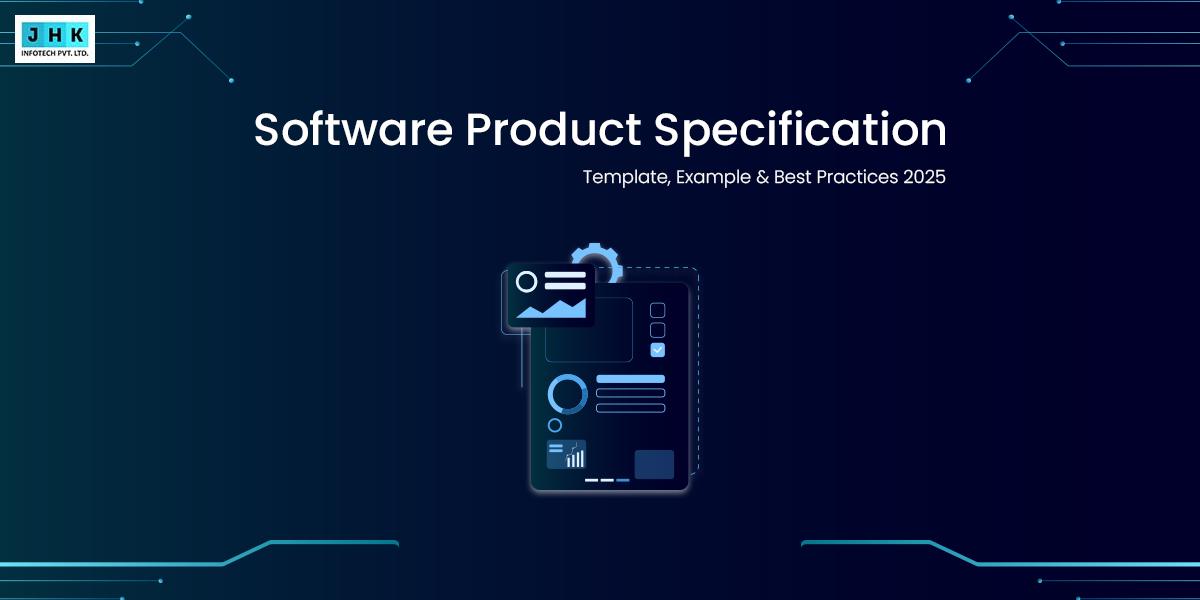What is Beta Testing in Software Testing

Software quality is the cornerstone of user satisfaction and operational excellence. In today’s hypercompetitive landscape, applications must perform seamlessly to meet both user expectations and business goals. Subpar software can lead to frustrated users, diminished trust, and ultimately, loss of revenue. Prioritizing quality ensures that applications not only function correctly but also deliver an exceptional user experience, fostering long-term loyalty.
Testing is an integral phase of the software development life cycle (SDLC), serving as the primary safeguard against errors, inefficiencies, and vulnerabilities. It validates functionality, security, and performance before deployment. By incorporating rigorous testing methodologies, developers can identify and rectify issues early, reducing costs and preventing catastrophic failures post-launch.
Defining Beta Testing
What is Beta Testing?
Beta testing is the penultimate phase in software testing, where a near-complete product is distributed to a select group of end-users outside the organization. These users interact with the application in real-world scenarios, providing invaluable insights and uncovering issues that internal teams might have overlooked. It serves as a definitive gauge of a software’s preparedness.
How Beta Testing Differs from Alpha Testing
While alpha testing is conducted within the confines of the organization by internal teams, beta testing takes the software to its intended audience. Alpha testing focuses on identifying technical flaws, whereas beta testing emphasizes usability, real-world functionality, and user experience. This distinction makes beta testing indispensable for gauging how the software will perform in its natural environment.
The Evolution of Beta Testing in Modern Software Development
Beta testing has evolved from informal user trials to structured, methodical processes. With the advent of cloud-based tools, automated testing platforms, and crowdsourcing, beta testing has become more efficient and accessible. Modern beta testing integrates seamlessly into agile and DevOps methodologies, ensuring continuous feedback and iterative improvements.
The Objectives of Beta Testing
Ensuring Real-World Usability
Beta testing allows developers to understand how the software performs under varied real-world conditions. This phase exposes issues related to usability, compatibility, and performance that might not surface in controlled environments.
Identifying Bugs and Issues Missed in Earlier Stages
Even with extensive alpha testing, some defects remain undetected. Beta testing serves as an additional safety net, uncovering hidden bugs and edge cases that could impact user experience or functionality.
Gathering Feedback from Target Users
Feedback from end users is vital for ensuring the software aligns seamlessly with their expectations. Beta testers provide perspectives on interface design, feature relevance, and overall satisfaction, guiding developers toward creating a more refined product.
Improving Overall User Satisfaction
By addressing user-reported issues and incorporating their suggestions, beta testing enhances the software’s reliability and appeal. This forward-thinking approach cultivates trust and builds lasting loyalty among users.
Types of Beta Testing
Open Beta vs. Closed Beta: What’s the Difference?
Open beta tests are accessible to a broad audience, offering widespread feedback but less control. Closed beta tests, on the other hand, involve a select group of participants, allowing for more focused and manageable insights.
Technical Beta Testing: For Developers and Experts
This type of testing is tailored for technical users who can identify complex issues and provide detailed reports. It’s particularly useful for enterprise-grade or highly specialized software.
Marketing Beta Testing: Building Buzz and Awareness
Marketing beta tests aim to generate anticipation and gather feedback simultaneously. By inviting influencers or early adopters, companies can create a buzz around their product while refining it based on user insights.
The Beta Testing Process
Planning the Beta Test: Laying the Groundwork
A well-structured plan is vital for beta testing success. Define objectives, timelines, and participant requirements to set a clear roadmap.
Setting Goals and Metrics for Success
Establishing measurable goals ensures that beta testing efforts are aligned with business objectives. Metrics like bug resolution rate, user satisfaction scores, and feature adoption rates can gauge success.
Selecting the Right Participants for Testing
Choose participants who represent your target audience. A diverse tester pool ensures comprehensive feedback across different use cases.
Designing Test Scenarios and Use Cases
Develop realistic scenarios that mimic how users will interact with the software. This approach helps identify practical issues and usability gaps.
Collecting and Analyzing Feedback
Leverage tools to collect structured feedback. Analyzing this data helps prioritize fixes and improvements for the final release.
Tools and Platforms for Beta Testing
Popular Beta Testing Tools and Their Features
Tools like TestFlight, BetaBound, and Centercode streamline beta testing by managing feedback, tracking issues, and automating reporting.
Integrating Automated Tools with Manual Testing Efforts
Combining automation with manual testing ensures a thorough evaluation. Automation handles repetitive tasks, while manual efforts focus on subjective feedback.
Case Studies: Tools that Delivered Results
Explore success stories where beta testing tools played a pivotal role in delivering high-quality software, highlighting their practical impact.
Challenges in Beta Testing
Overcoming Participant Engagement Issues
Maintaining tester interest can be challenging. Incentives, clear communication, and regular updates keep participants motivated.
Balancing User Expectations and Testing Needs
Users often expect a polished product during beta testing. Managing their expectations while focusing on testing objectives is crucial.
Managing Feedback Overload
Large-scale beta tests can generate overwhelming feedback. Categorizing and prioritizing issues ensures efficient handling.
The Role of Beta Testers
Who Are Beta Testers?
Beta testers are actual users who offer valuable insights into the software\u2019s usability, performance, and overall functionality. They act as an extension of the development team.
Characteristics of an Ideal Beta Tester
An ideal beta tester is detail-oriented, communicative, and representative of the target audience. Their feedback should be actionable and relevant.
How to Recruit and Retain Beta Testers
Use platforms, social media, and industry forums to recruit testers. Retain them by offering incentives, acknowledgments, and engaging communication.
Beta Testing Metrics and KPIs
Key Performance Indicators for Beta Testing Success
Track metrics like bug discovery rates, user satisfaction levels, and feature usage patterns to evaluate beta testing effectiveness.
Measuring Feedback Quality and Quantity
Assess feedback for its relevance and specificity. Quality feedback drives meaningful improvements.
Tracking Resolution Rates for Identified Issues
Monitor how efficiently identified issues are resolved to gauge the team’s responsiveness and readiness for launch.
Final Thought
Beta testing is a critical phase in the software development lifecycle. It allows developers to receive real-world feedback from actual users in an uncontrolled environment, providing invaluable insights that can’t always be replicated in a controlled testing setting. This phase helps identify potential bugs, usability issues, and overall performance problems that might only become evident when the software is used outside of a developer’s direct supervision.










